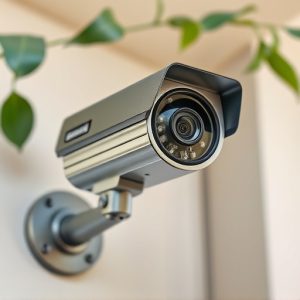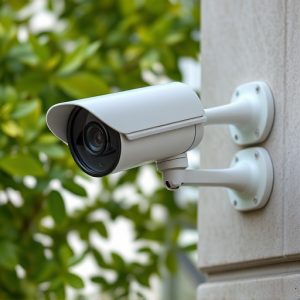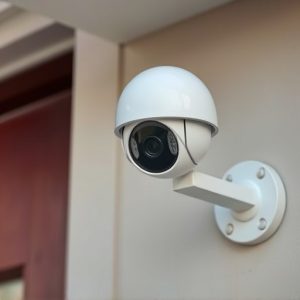Optimize Security: Choosing Realistic Dummy Camera Shapes for Effective Theft Prevention
Selecting the right Realistic Dummy Camera Shape is crucial for preventing camera theft, especially…….
Selecting the right Realistic Dummy Camera Shape is crucial for preventing camera theft, especially outdoors. High-quality replicas, mimicking brands like Nikon and Canon, deter criminals with intricate details. Indoor use benefits from smaller designs while outdoor setups require weatherproof models. Color and finish must match real cameras under varying lighting for optimal realism, enhancing security for owners and retailers alike.
Convincing decoy cameras have emerged as an innovative solution to deter theft, offering a subtle yet powerful deterrent for would-be criminals. This comprehensive guide explores the effectiveness of these visual deterrents, delving into key aspects such as selecting the right realistic dummy camera shape, strategic placement techniques, and advanced features that enhance their impact. By understanding these elements, businesses and homeowners can implement robust security measures to protect valuable assets.
- Choosing the Right Realistic Dummy Camera Shape
- – Understanding different types of decoy cameras and their shapes
- – Factors to consider when selecting a realistic dummy camera shape
Choosing the Right Realistic Dummy Camera Shape
When selecting a decoy camera for theft prevention, one crucial aspect is choosing the right Realistic Dummy Camera Shape. Imitators must closely resemble genuine cameras to effectively deter thieves. Opting for high-quality replicas with detailed features like lenses, buttons, and casing textures can significantly enhance their realism.
Consider the type of environment where the decoy will be placed. For outdoor scenarios, weatherproof models are essential. Indoor use might require smaller, discreet cameras while larger, more obtrusive shapes could be suitable for high-security areas. The right shape and size ensure the decoy blends seamlessly into its surroundings, increasing its credibility as a genuine camera and thus, its ability to discourage theft.
– Understanding different types of decoy cameras and their shapes
Decoy cameras come in a variety of shapes and sizes, each designed to mimic real cameras as closely as possible, serving as an effective deterrent for potential thieves. The most common types include realistic dummy cameras that resemble popular brands like Nikon or Canon, complete with lenses and flash units. These can be mounted on tripods or fixed to walls, ceilings, or other surfaces, making them nearly indistinguishable from genuine equipment.
When choosing a decoy camera, the key is to opt for a shape and design that closely resembles actual models. Realistic Dummy Camera Shape Choice plays a crucial role in their effectiveness; well-made decoys with intricate details can fool even experienced thieves, as they might mistake these for real cameras worth stealing. This strategic placement of convincing decoys can significantly deter theft in various settings, from professional studios to home workshops.
– Factors to consider when selecting a realistic dummy camera shape
When choosing a realistic dummy camera shape, several key factors come into play. First and foremost, consider the level of detail required to convincingly mimic an actual camera. High-fidelity replicas with intricate designs can be more effective at fooling potential thieves, as they closely resemble real cameras down to the smallest sensor or lens details. The context in which the decoy will be deployed is another critical consideration; outdoor environments may demand sturdier, weatherproof options, while indoor use could prioritize smaller, less obtrusive designs.
Additionally, the color and finish of the dummy camera should align with real models to enhance realism. This includes matching not just the physical appearance but also the subtle nuances like reflections and shadows cast by the ‘camera’ in various lighting conditions. By carefully selecting a realistic dummy camera shape that accounts for these factors, property owners or retailers can significantly deter theft while adding an innovative layer of security.
In choosing the right realistic dummy camera shape, understanding both the device’s physical appearance and its placement is key. By considering factors like size, texture, and mimicry of genuine cameras, you can deploy effective decoy cameras to deter theft. Investing in a well-designed realistic dummy camera shape not only protects valuable equipment but also adds an extra layer of security to any environment.


